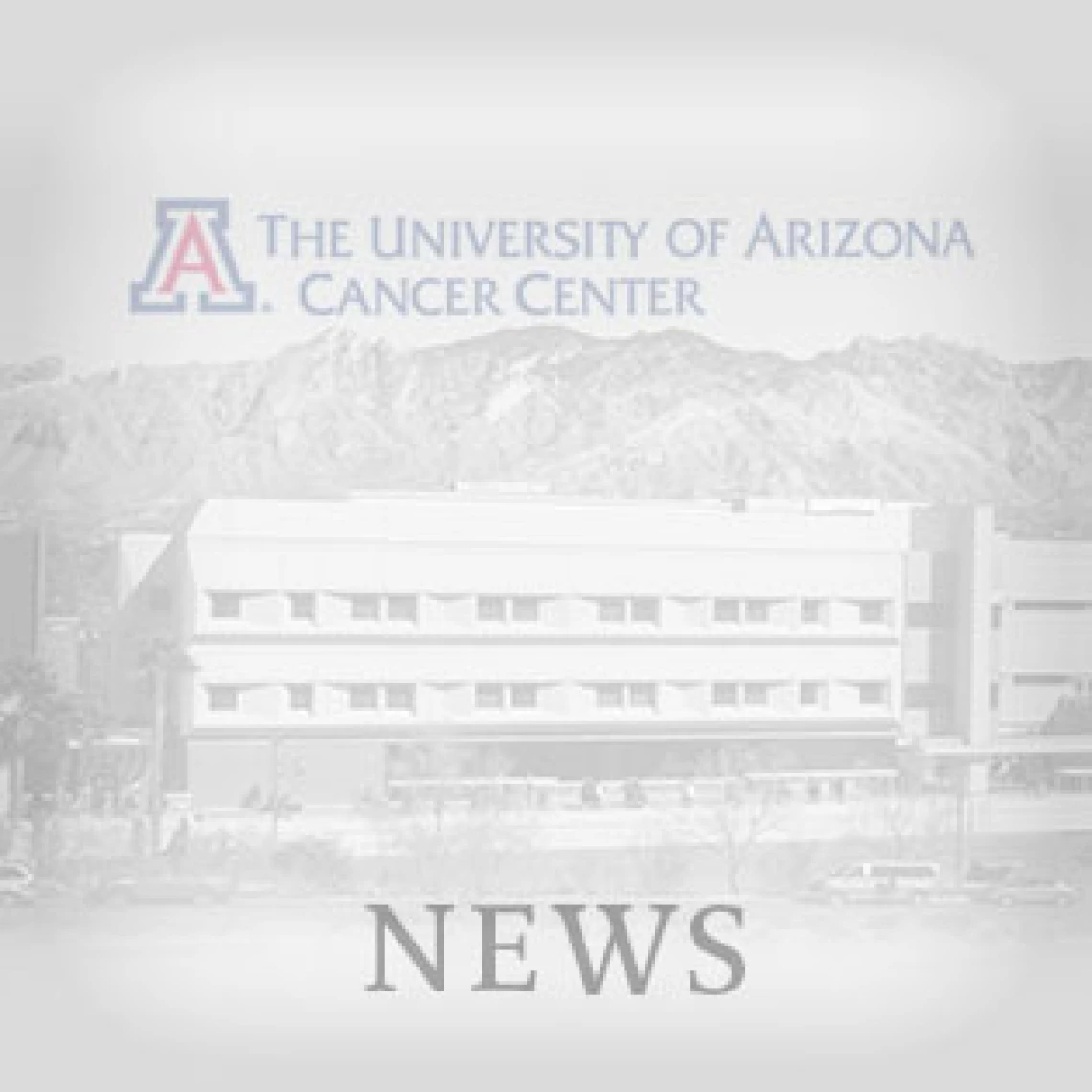Breakthroughs: Translational Research

 The University of Arizona Cancer Center had established itself as a leader in in thought-provoking, groundbreaking cancer research. In order for this kind of research to take place, however, advances would need to be made in the field of cell and tissue testing. The ideas and theories were happening so fast that the technology of the era struggled to keep pace.
The University of Arizona Cancer Center had established itself as a leader in in thought-provoking, groundbreaking cancer research. In order for this kind of research to take place, however, advances would need to be made in the field of cell and tissue testing. The ideas and theories were happening so fast that the technology of the era struggled to keep pace.
Thomas Grogan, MD, spearheaded one of the most important technological advances in the field of cancer research and diagnosis to combat this problem.
Prior to this innovation, doctors relied on manual tissue preparation to do their research. This was a difficult, time-consuming procedure, which made personalized care next to impossible. Dr. Grogan, a world-renowned researcher and pathologist, knew that an automated process would lead to faster, more precise analysis.
His goal was to take this inexact, labor-intensive process and turn it into an automated assembly line, which would lead to better data and more time for researchers to test their theories.
Dr. Grogan founded Immunodiagnostics Inc. in 1985, which changed its name to Ventana Medical Systems in 1992. This UA Cancer Center spinoff launched its first commercially marketed product in 1991 — the Ventana 320. This machine could process 40 slides per run for eight runs per day, drastically improving both the accuracy and the expediency of these vital tissue tests.
This automation and standardization of basic science research helped make the UA Cancer Center’s vision of “personalized cancer care” an achievable goal.
Meanwhile, Ventana Medical Systems has established itself as one of the nation’s most successful and influential bioscience companies. What began as a small startup struggling to turn a profit in the late 1980s has developed into a global industrial giant. Swiss pharmaceutical company Roche purchased Ventana in 2008 for $3.4 billion.
While Dr. Grogan was in the process of redefining tissue analysis, he teamed up with a clinical oncologist who arrived in Tucson in 1977 to see how they could effectively turn their lymphoma-based research into life-saving therapies.
“What really drove the innovation here was the interaction between various scientists,” said Dr. Bowden. “This was a very exciting development — our ability to take these basic science findings and apply them to the clinic.”
Thomas Miller, MD, became aware of the University of Arizona thanks in large part to a groundbreaking paper Dr. Salmon published, along with Brian Durie, MD, on the topic of multiple myeloma. Drs. Salmon and Durie created the Durie/Salmon Staging System, which is still used worldwide to evaluate myeloma patients.
Drs. Miller and Grogan arrived in Tucson around the same time and became fast friends.
“We had lunch together every day for 25 years or so,” Dr. Miller said. “We bounced ideas off of each other and tried to figure out ways to take all the envelope-pushing research that was happening around us and use it to help people.”
This was the birth of translational research. Together, Drs. Miller and Grogan tested biopsies with newly created antibodies and correlated patient outcome with the laboratory results.
In 1979, Dr. Miller authored a paper in The Lancet that discussed the use of treatment on what seemed to be less aggressive lymphoma subtypes at first glance, only to see that this type of therapy would develop into the standard of care for lymphoma patients. That simple shift from treating a visible mass to treating microscopic metastases has saved tens of thousands of lives worldwide.
-Nick Prevenas, Nov. 12, 2013
This series features only a sampling of the countless groundbreaking research projects and inspiring patient care stories that have taken place at the University of Arizona Cancer Center.
OUR HISTORY: This is a series of essays and interviews discussing the history and impact of the University of Arizona Cancer Center.



